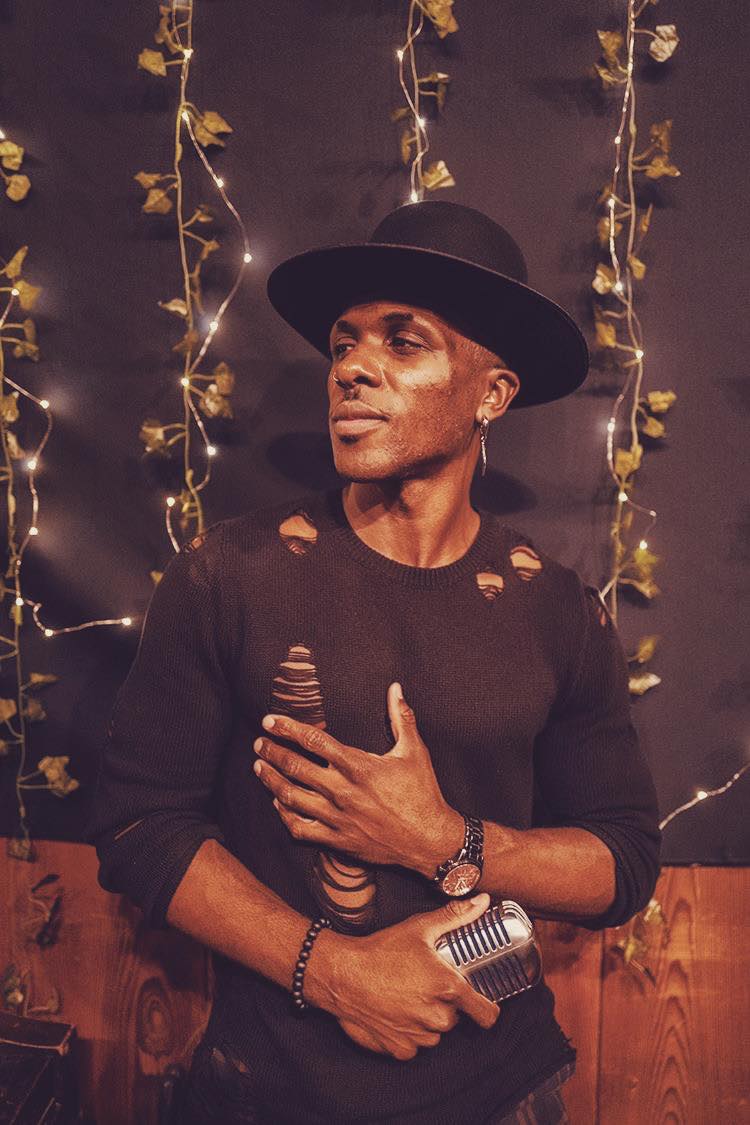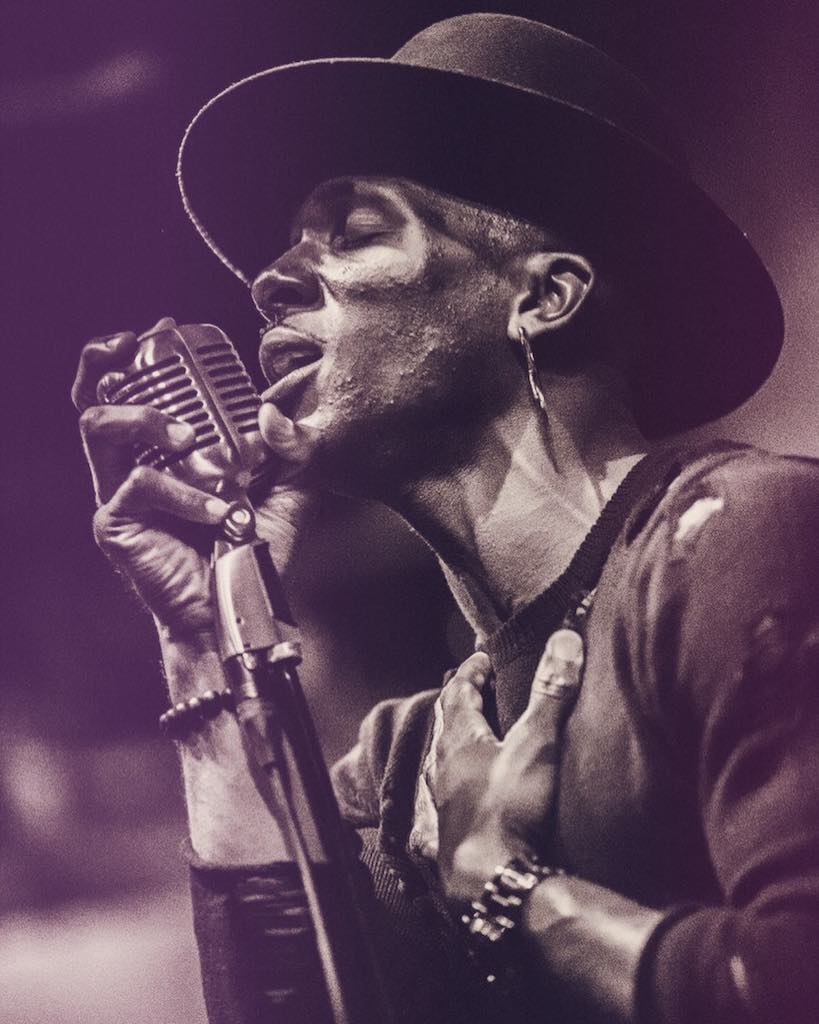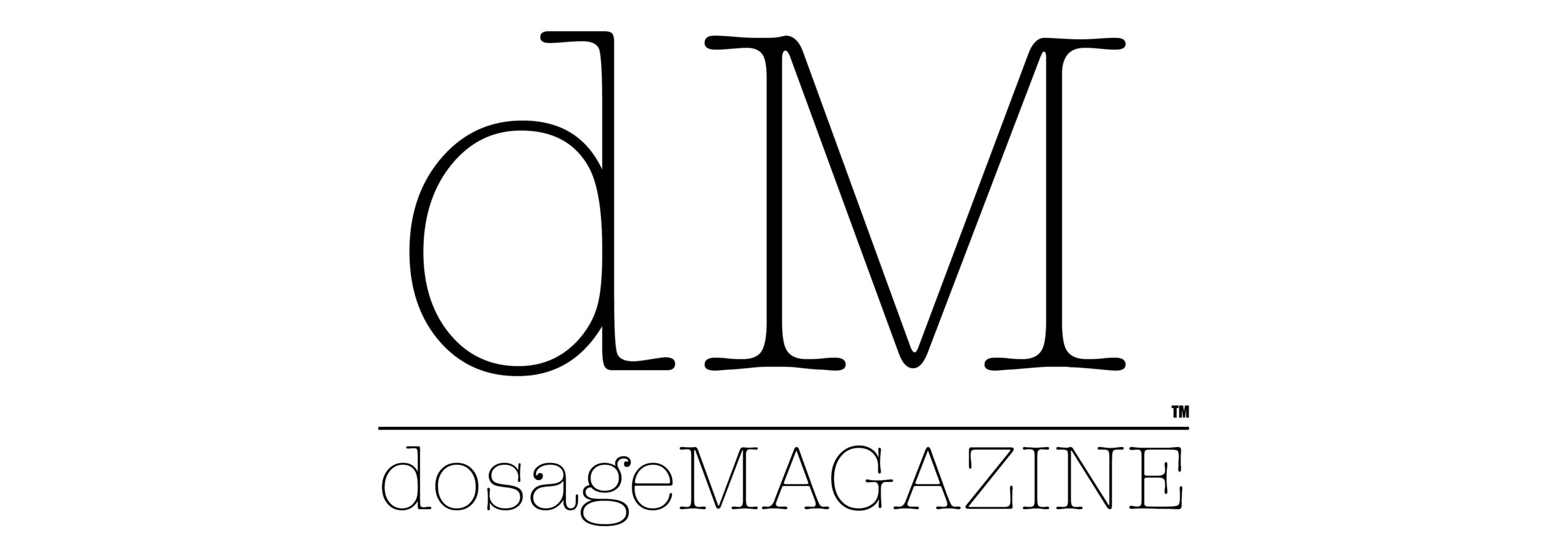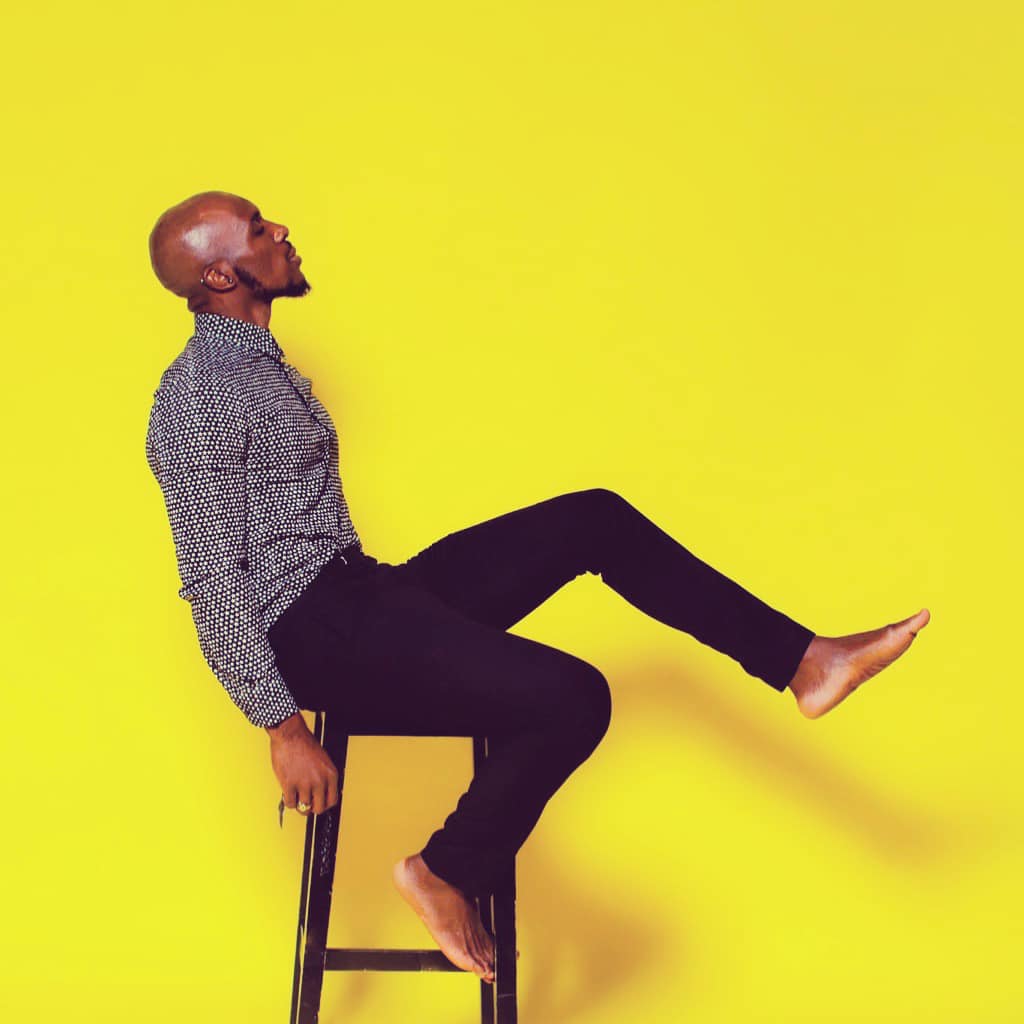
Whether in a live setting with a large-scale band or through his sparer solo recorded tracks, there is something ruggedly and muskily soulful, yet smooth as satin, about Zeek Burse. Think James Brown throwing off his cape. Tinged with Sam Cooke unknotting his tie. Tinged with The Weeknd yanking off his bandages. That’s Zeek Burse. Throw in a talent for songwriting that leans heavily toward the heavily anthemic, and the combination of soul power and sensitive, strong craftsmanship makes for a potently explosive party.
Burse dropped his most recent anthem, “One People” across all platforms, and is busting at the seems to discuss this righteous track, and everything else is up to.

A.D. Amorosi: “The Room.” “BLM.” “Broke Man.” “One People.” The songs you cover, the songs you write, all have an anthemic quality whether penned by you or interpreted by you. Is this all on purpose and direct, or is the richness of intent and tone, of sound and vision, an organic thing? As in, do you think in terms of ‘the anthemic’ when writing or does it sound come out that way?
Zeek Burse: That’s a great question. The results, the audio or visual art, are a bit of an amalgamation of both anthemic and organic expression. I’d have to mention my upbringing because I believe it’s honestly the reason all of the abostadium-likedered in my creative output and performances… Tangible authenticity, that’s direct in tone, richness of intent, and anthemic. I make it a point to be extremely particular in the execution of those things. It’s become involuntary. I don’t know how to do it any other way. Considering the musical aspect, I come from an array of grandiose musical expressions that span over decades and various genres. Some may have little to no vocals. While others have more than 500 voices singing at a time, with large string and horn sections, innovative substitutions for instrumentations. Visually, my costumes, outfits, physical expressions and overall delivery of some of the art that’s influenced me, have always seemed larger than life. I believe these things all played major roles in the songs you’ve mentioned as well as the art I continue to make.
A.D. Amorosi: In working on each of those aforementioned tracks, can you please give me a picture of their trajectory? How they were created? And what you were thinking, from start to finish?
Zeek Burse: Wow. Let’s see, I’ll try and work backwards…
“One People” may actually be the oldest record. I originally started producing this record for a competition, but I never submitted it. The competition required the contestants to create a song that brought about unity. This was in 2012 or 13. Cee Lo Green, Gnarles Barkley of The Goody Mob created the competition, I believe. For some strange reason, I didn’t submit the song. I just put it away and decided to move on from it. Until about 2017 when it was released on my album “XXII”. Conceptually, I knew I wanted a ballad. And I knew I wanted it to sonically grow, build. I’m a huge fan for sonics and the wall of sound. Emotionally I wanted it to evoke similar feelings to songs like Micheal Jackson’s “We Are The World” and “Earth Song”.
Having the piano at the beginning was a great foundation for the opening lyric, “Is this the final curtain call, did we win, did we risk it all did we love, did we love.” I wanted the opening lyric to feel like a charge or challenge to love. I repeat love at the end of the stanza twice to show emphasis that the greatest thing, amongst all the things I mentioned, winning and risking it all, is love.
The song, just like most of my songs tell a story. This one in particular touches on a few stories. Journeying through love, war, equality, racial discrimination, relationships both platonic and romantic. It invites the listeners to consider their neighbors as they consider themselves. I attempt to evoke empathy and even sympathy in some regards. The production builds, the stomps and claps come in alongside the stacked vocals, and the charged lead guitar, which I played by the way, were used to really drive home the large, stadium like sound. I’ve always envisioned it being a song that I’ll perform in that way. A song that the audience could easily sing together. I usually have the audience sing the hook, “We are one people, and we can change the world, we can change the world” together a number of times, with one finger in the air, at every performance. I usually close it out by saying, “We are one people, and we can change the world… We will change the world! I truly believe that.
“BLM” was created from civil heartbreak and racial heartache. I let the production lead the way on this one, as well. I’m sure we’ve all heard this quote from Nina Simone when she says “How can I be an artist and not reflect the times?” Myself and my writing partner at the time, Paralee Knight, who also wrote on “One People” and “Broke Man”, were beyond fed up and simply disgusted at the continuous slaying of black people. On the opening guitar, you hear what starts out as the “Star Spangled Banner” but it quickly turns into this repetitious guitar lick that calls to the rest of the band, the drums, bass, Hammond organ, and cymbals. And they respond.
The production of this song repeats a lot, and that was intentionally done. It represents the unremitting murdering of our people by the police. There’s a chant element to this song, as well. A way for the audience to join in as one amplified voice to once again propel and demand change and equality. I played the guitar on the reference, demo version. But on the released version, my bro Sam “BPad” Borello threads the bridge and ending chorus together like only he can! It’s electrifying! I remember we performed this song one year at The Firefly Festival. And I felt as though I was in a trance once we reached the closing of the song. I just kept spinning in a circle and couldn’t stop. The band rang on, singing and playing “Black Lives Matter” for a while and the crowd joined in!
“Broke Man”… This was another collaboration, but I started this one as well! There are so many layers in this song, it would take a long time to unbox them. But to name a few, the beginning snare sound is a snare hit, mixed with a shaking of a coffee cup that I had full of foreign currency. I believe I’d just returned from performing in London and Paris. And after all of that, I had more money in foreign currency than I had in USD!
So we thought it fit the song perfectly. During this time I hadn’t transitioned into doing music full time. I was also working at the airport. I was authentically grinding. This song is predominantly drawn from the slave plantation, chain-gang songs of our ancestors. There are actually chains in the production as well.
There’s an abrupt rhythmic switch leading up to the climax of the song that was an idea from Paralee. She mentioned Kendrick and Beyoncé as references to that section, with a rock approach! I thought it was ingenious! This song also shines a light on the financial challenges, cultural and racial barriers we face as Black people. At the end, I say “You ain’t broken, man… We ain’t broke man… I ain’t a broke man!”
I’m a huge believer in words and the power they possess. I’m glad the record ended that way. After everything that’s sung in the song, in a way the concluding thought is one of triumph and affirming one’s progress! A college professor by the name of J.T. Roane decided to do a paper on this song and how it coincides with the current and past history of African Americans. It’s entitled, “Zeek Burse’s ‘Broke Man’ and the Legacy of the Radical Blues.”
“The Room”… This song, simply put, is my favorite to date. It encapsulates everything I wanted to say and express both lyrically and within the production. I wrote this at the top of the pandemic. “The Room” is symbolic of an actual space or room, as well as the body. It starts out optimistic, and completely naive as to what’s to come from the overwhelming amount of free time we all were thrust into once things were shut down due to that pandemic. For me personally, this song represents the journey I went on during this time, thus finding the truest version of myself. I’m grateful for this song!

A.D. Amorosi: How would you say, beyond the usual aging and levels of maturity, have you and your writing grown most since 2017’s “XXII”?
Zeek Burse: I would say I’ve become more authentic, and less caring about doing things that others want me to do or create because they think it would be lucrative! I’ve settled into the awareness and creative freedom of who I am as a human being and a spirit.
A.D. Amorosi: I can guess from your earlier work that Prince was a big influence. Why him? And since your start, what newer influences, not solely musical, either, have crept in? And how would we know that from the newer music you have made?
Zeek Burse: Prince lived on the edge. He was himself every time and in every way! He expressed true artistic freedom! That’s what I work to do as well. It’s not easy. Some of my newer influences would be Tame Impala. You can definitely hear the influence of them in “The Room.”
A.D. Amorosi: Considering the heroic quality of your work, seriously, where do you see it landing? Say, “One People” as the newest example…Certainly beyond Tik-Tok or something ephemeral as that?
Zeek Burse: Tik-Tok isn’t so bad. But, yes. Beyond that, I see it becoming a song for the world. One that evokes change, and progressive thought that results in true equality amongst the human race in every way.
A.D. Amorosi: What’s next? Recording wise, etc?
Zeek Burse: I’m working on a new album, but will more than likely release singles to build momentum. I want to get into film as well. Even if I write the performance or film, myself. And of course, I’m looking forward to when I can get back into touring!
A.D. Amorosi: You’re a positive guy. What is your personal motto?
Zeek Burse: One of my mottos is, “Everything is relative.” I think if we all understood that, we would have both sympathy and empathy for others. Ultimately allowing one another to live our lives in peace and harmony. Another one I’ve been practicing and reciting is, “Be yourself, but not by yourself.”
About Post Author
Discover more from dosage MAGAZINE
Subscribe to get the latest posts sent to your email.

